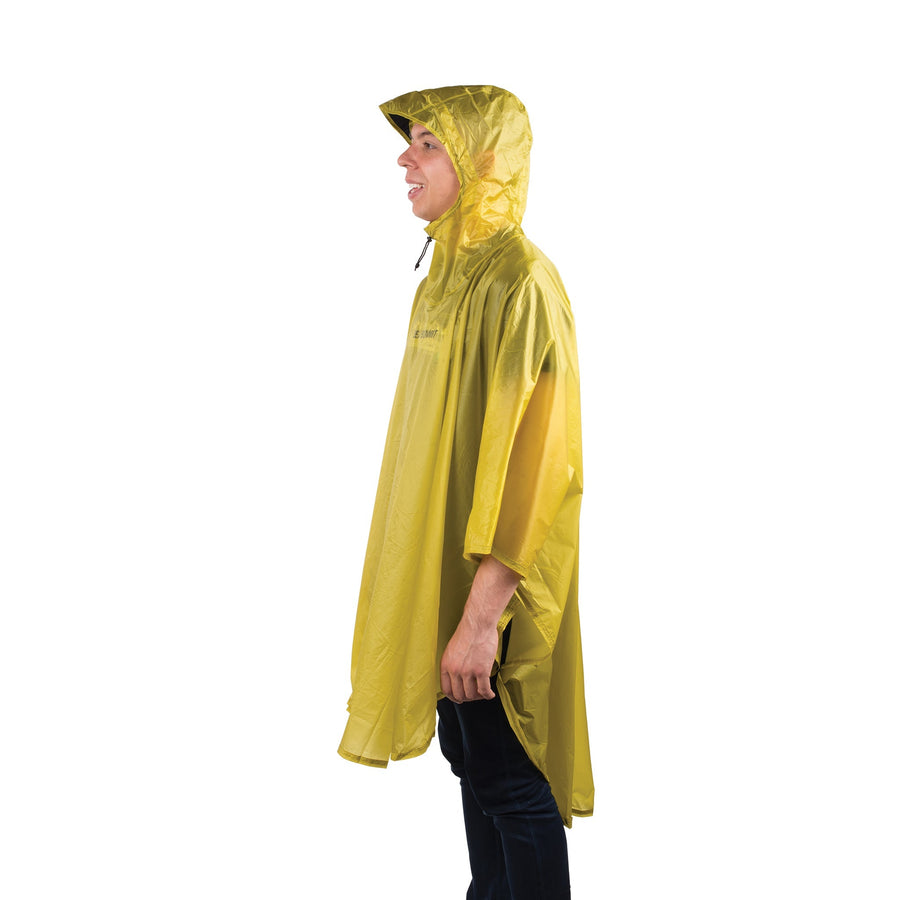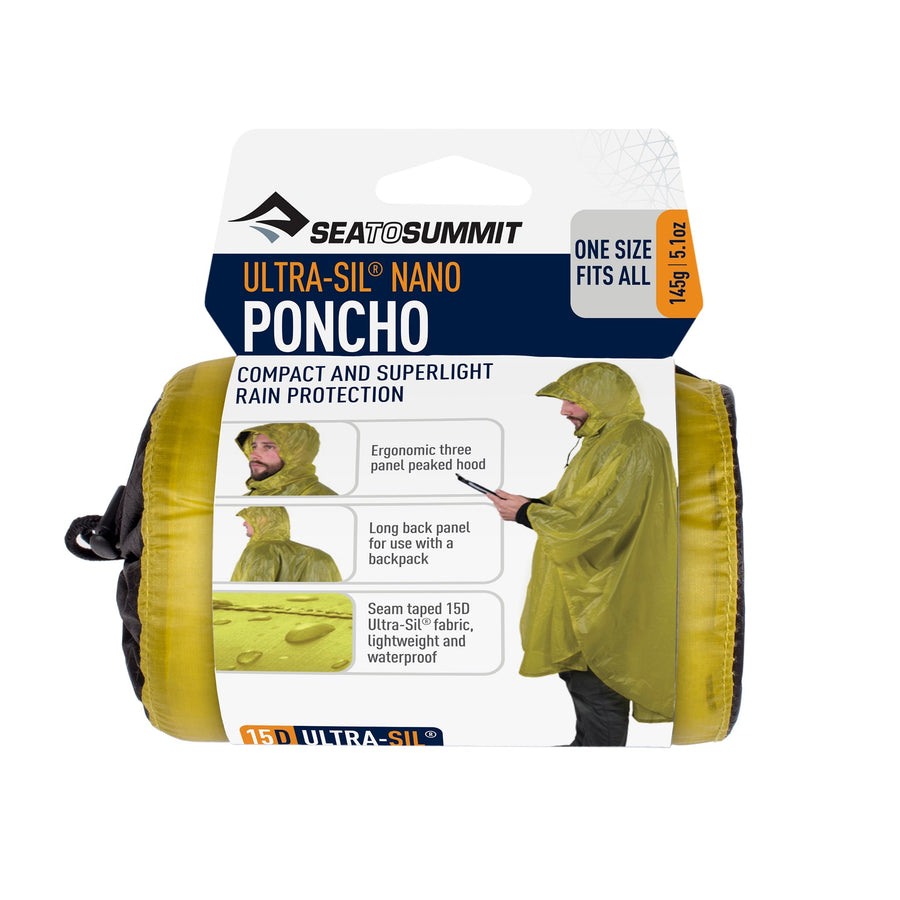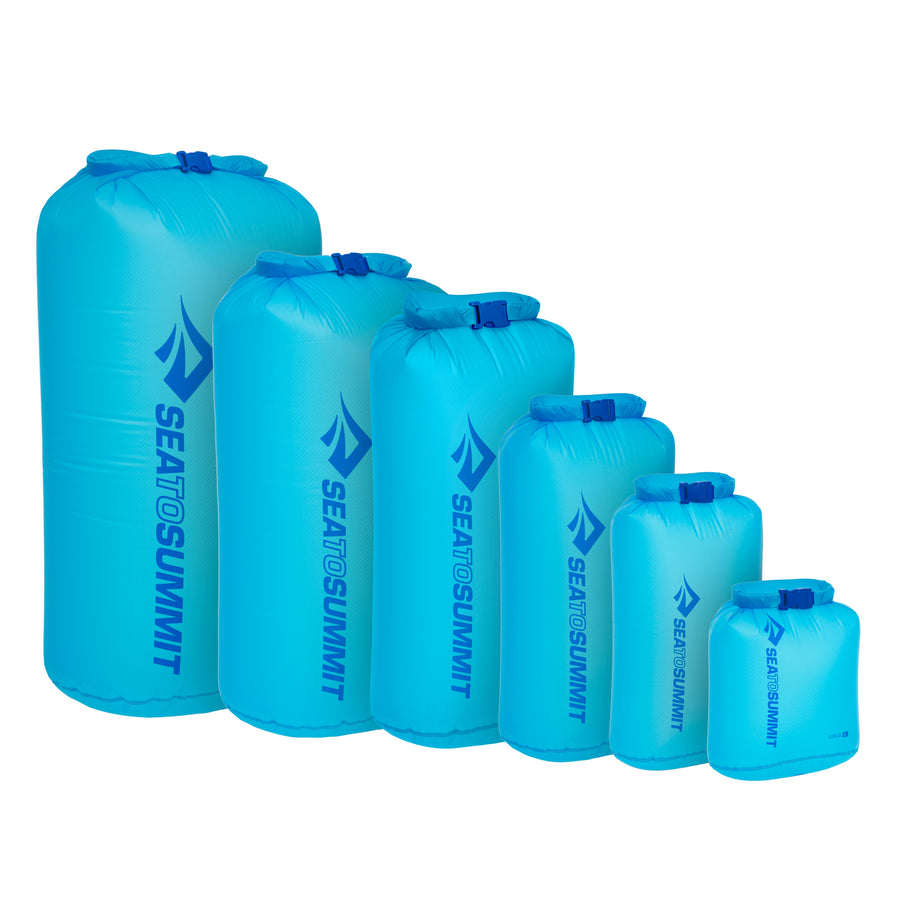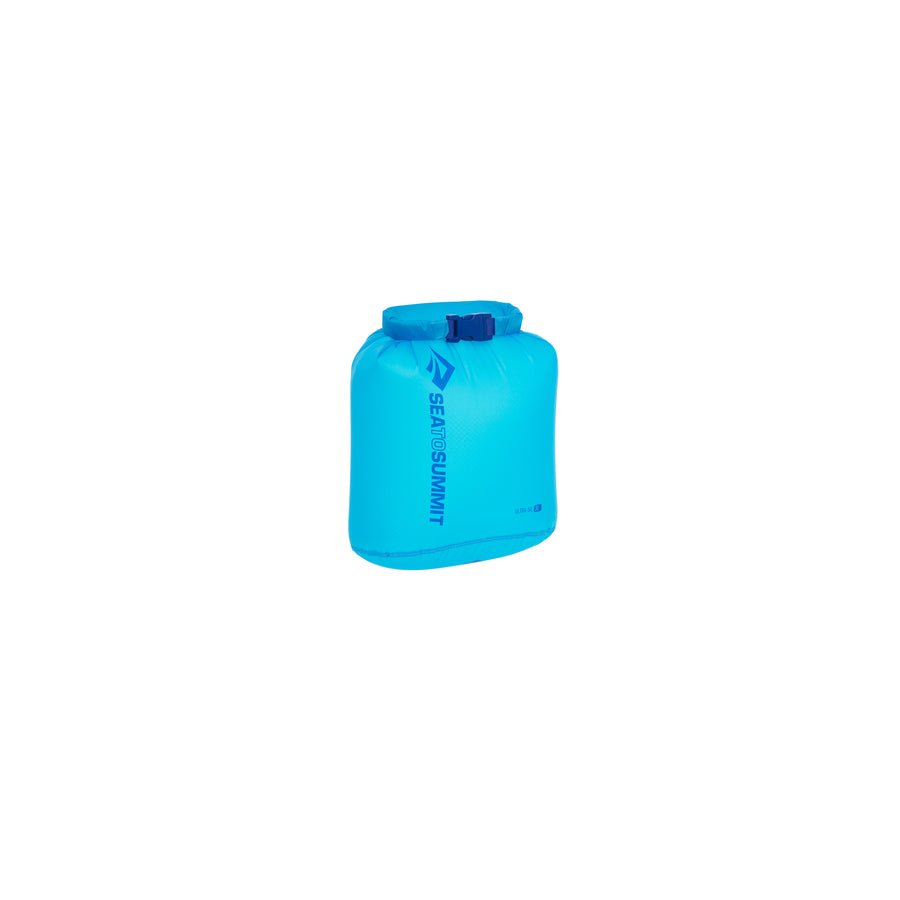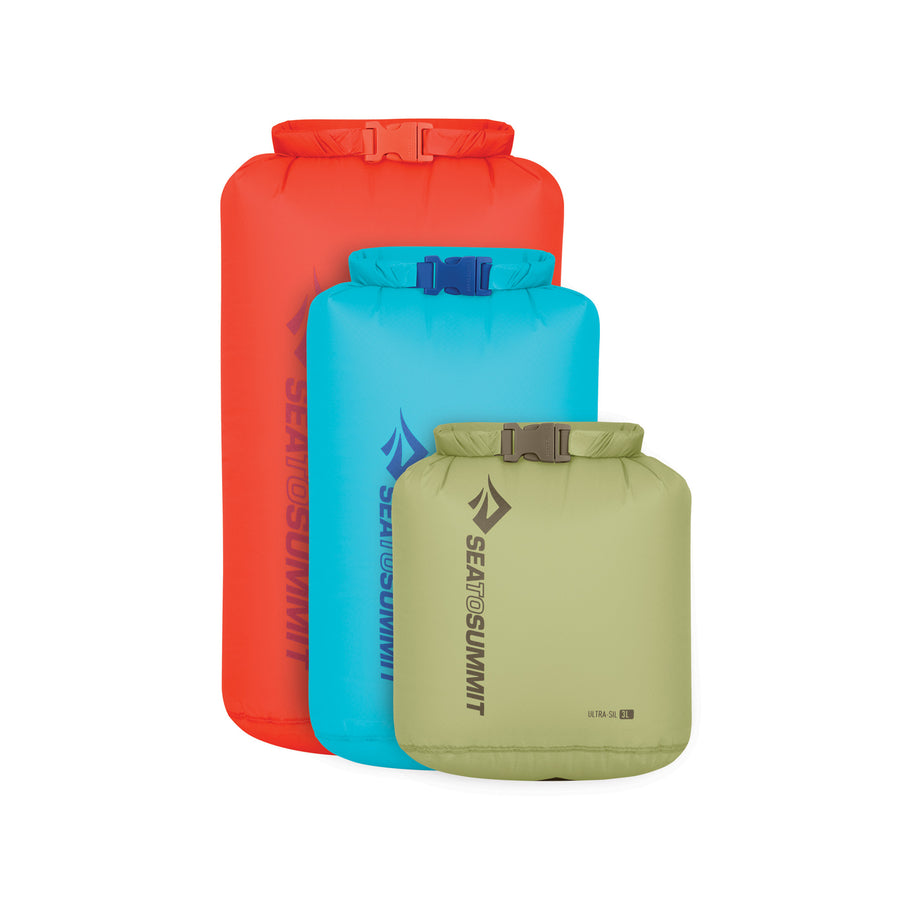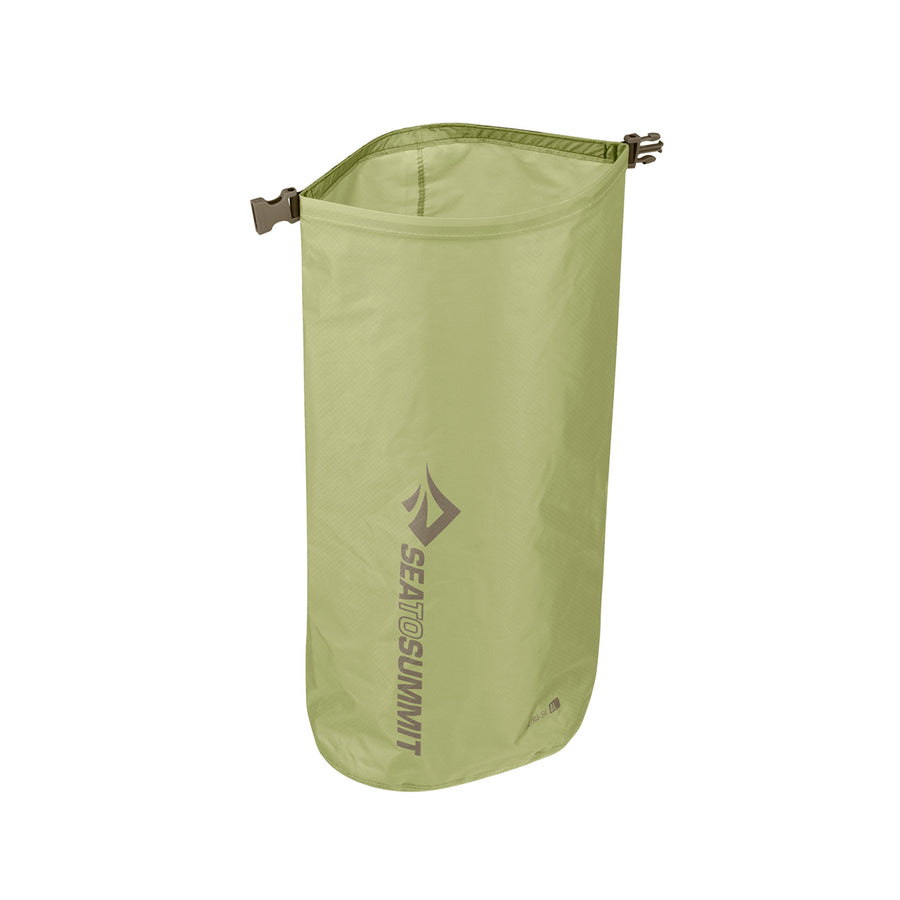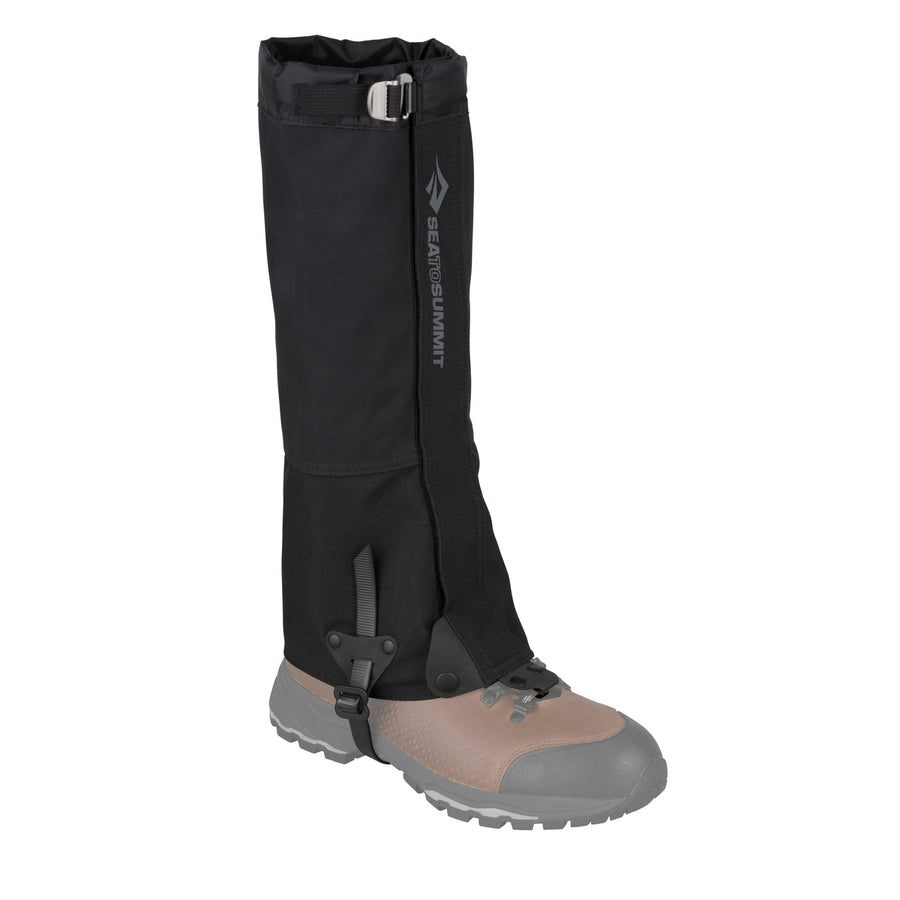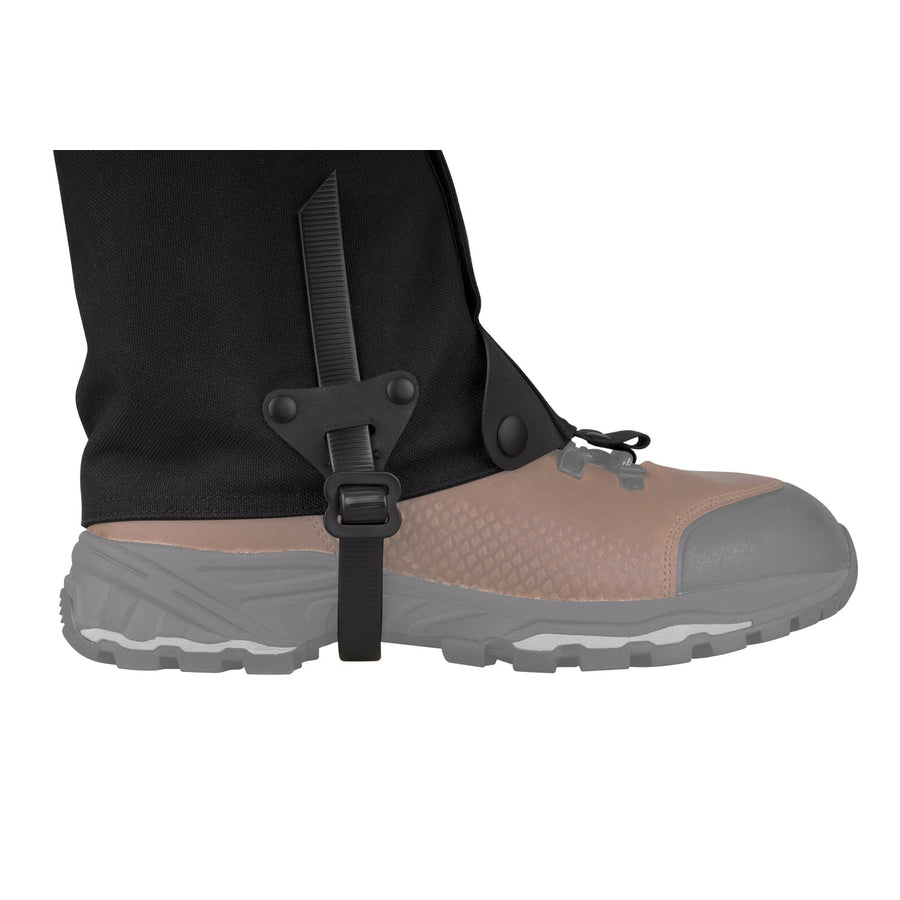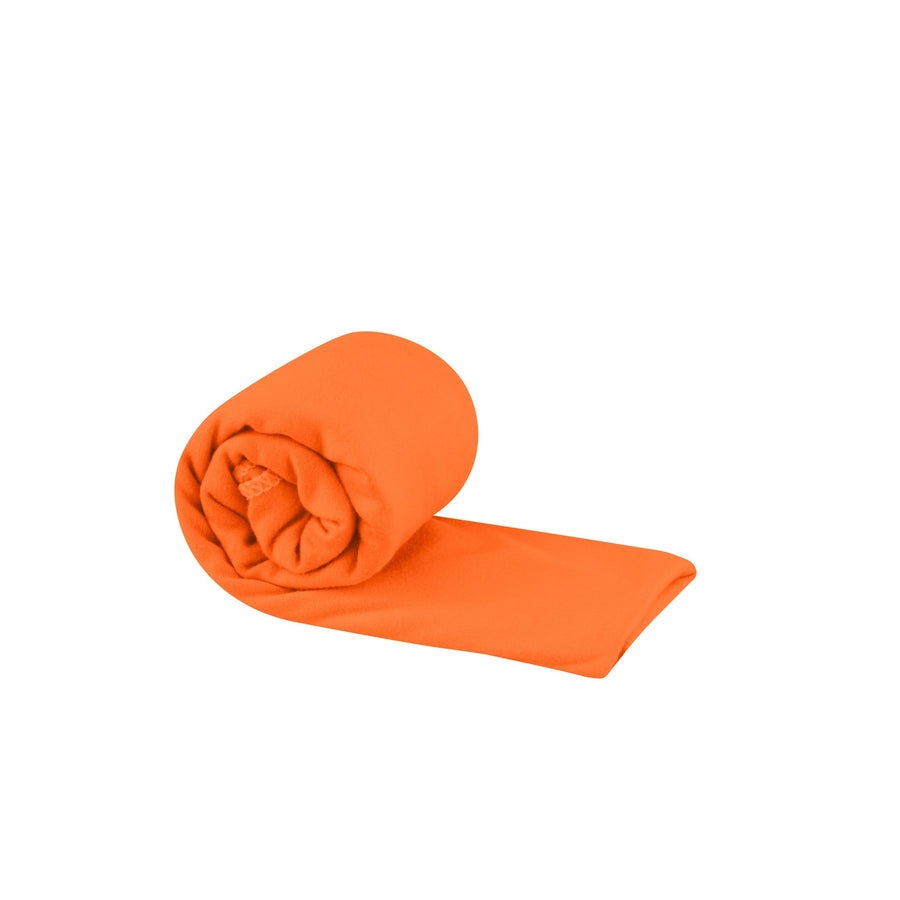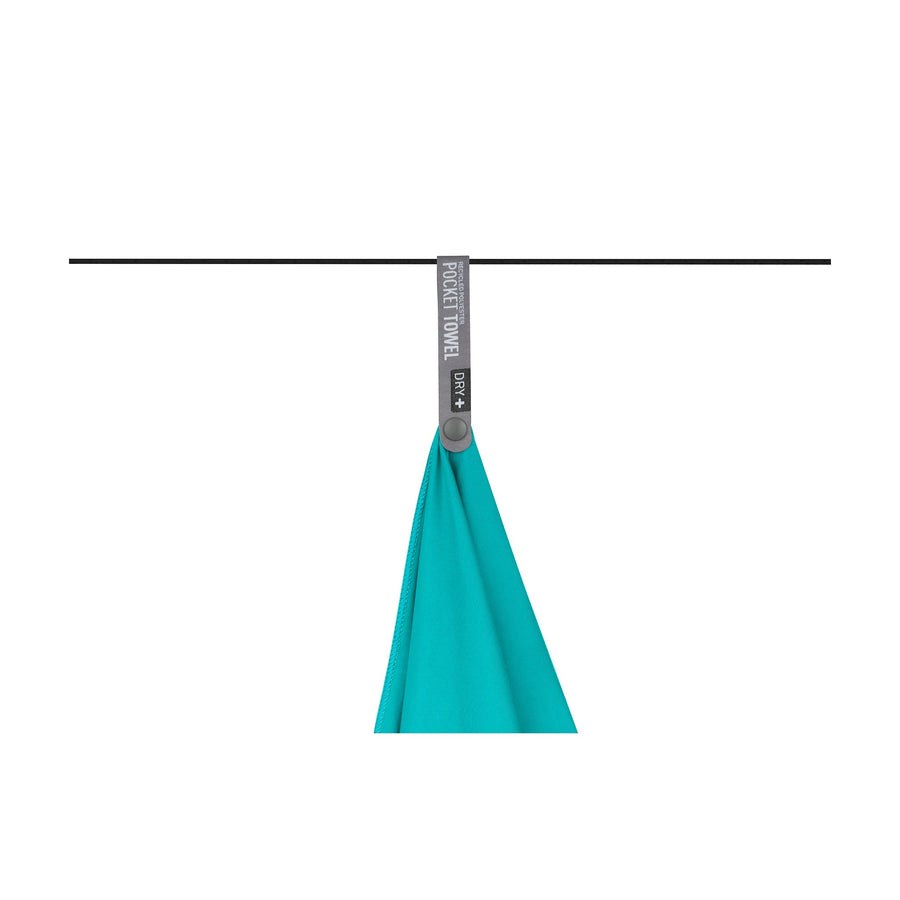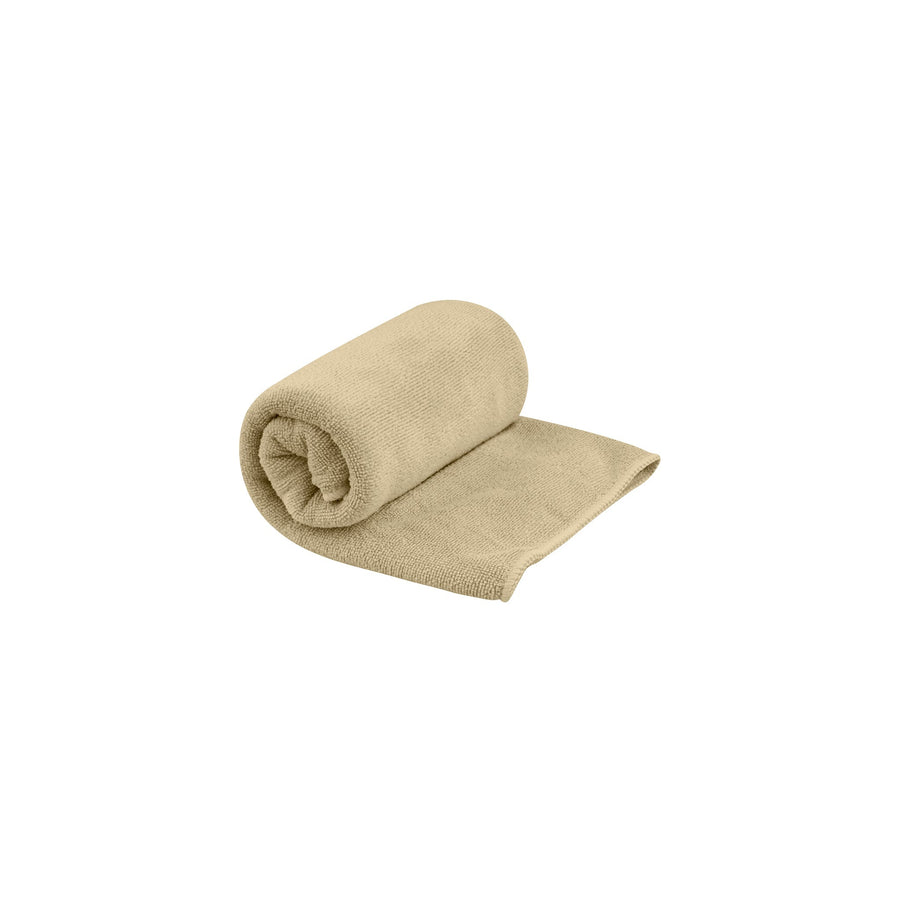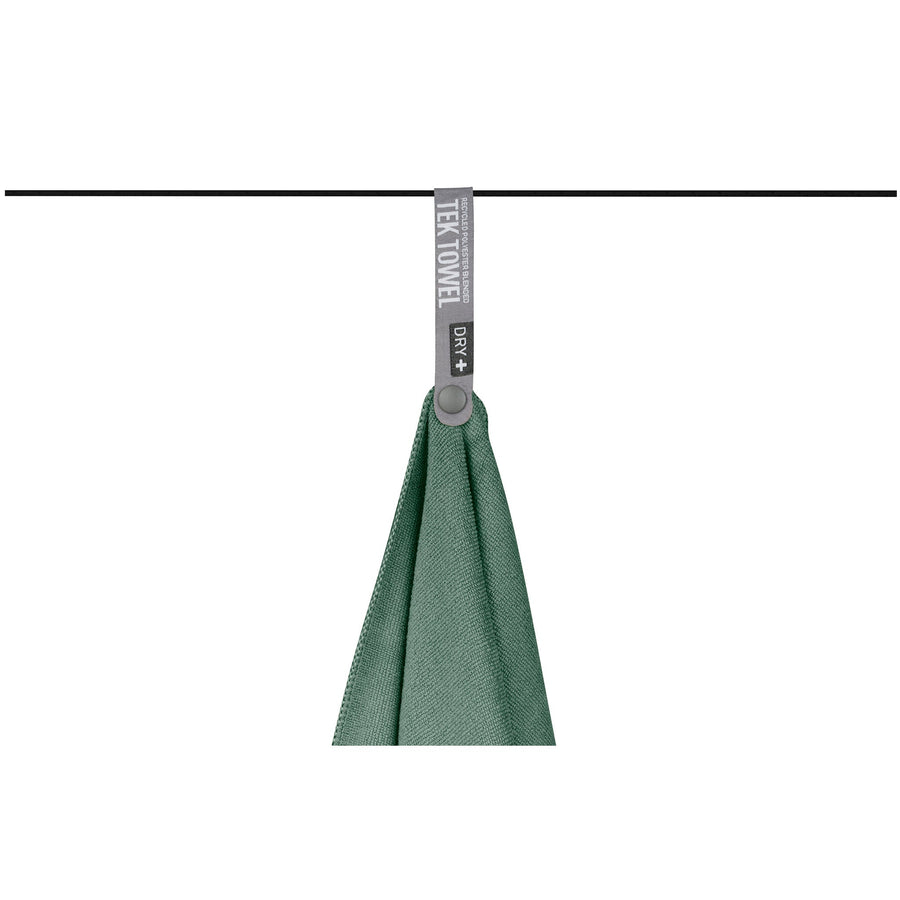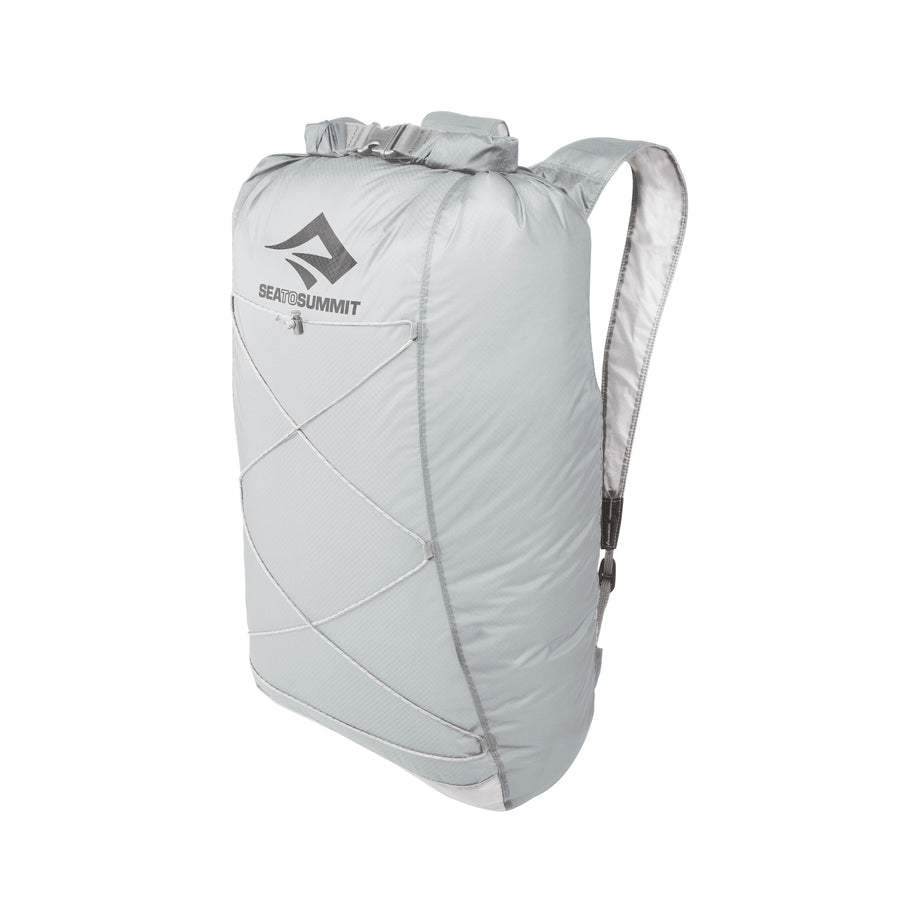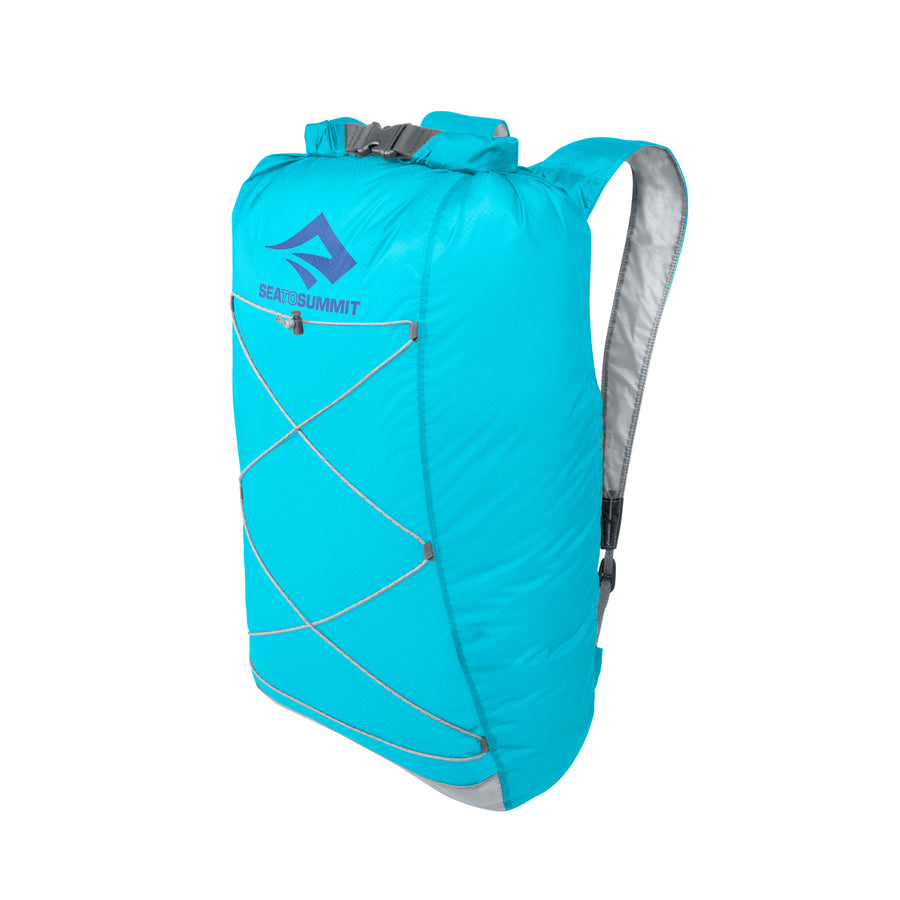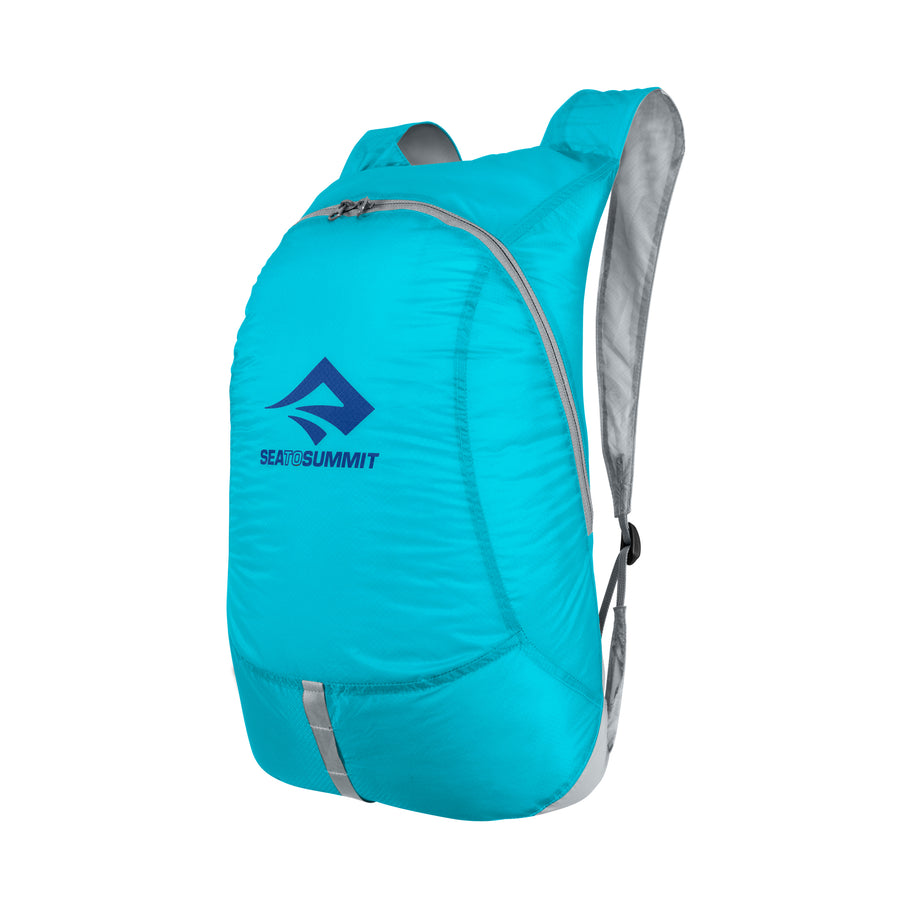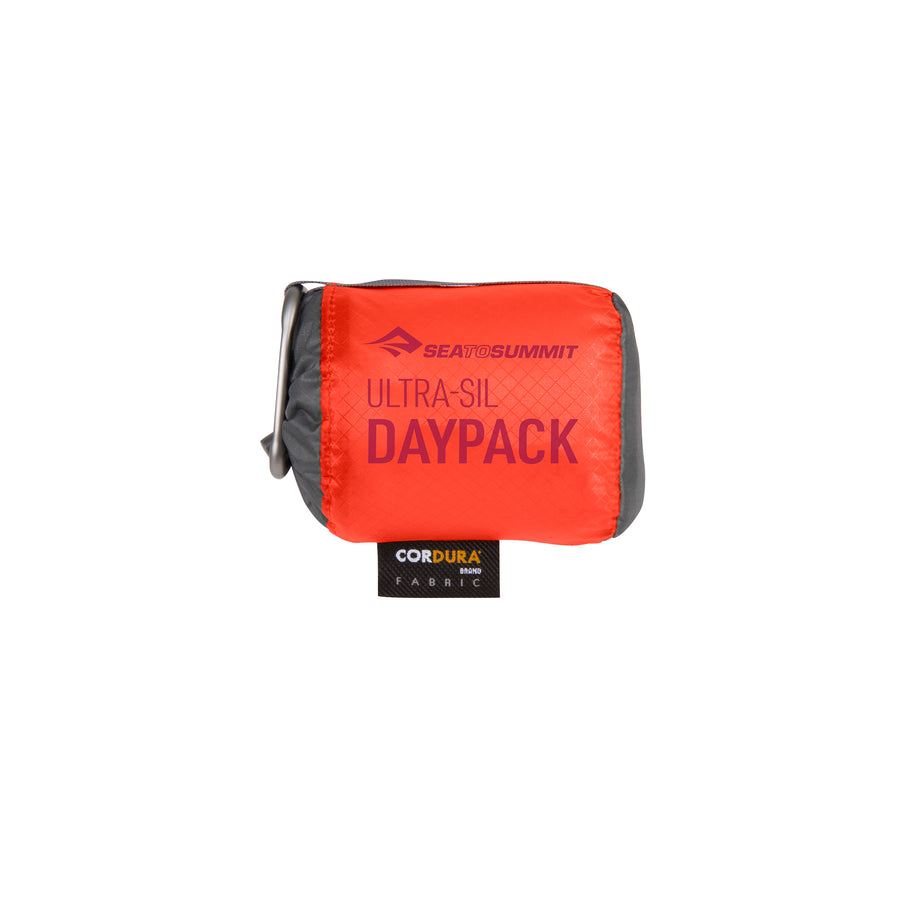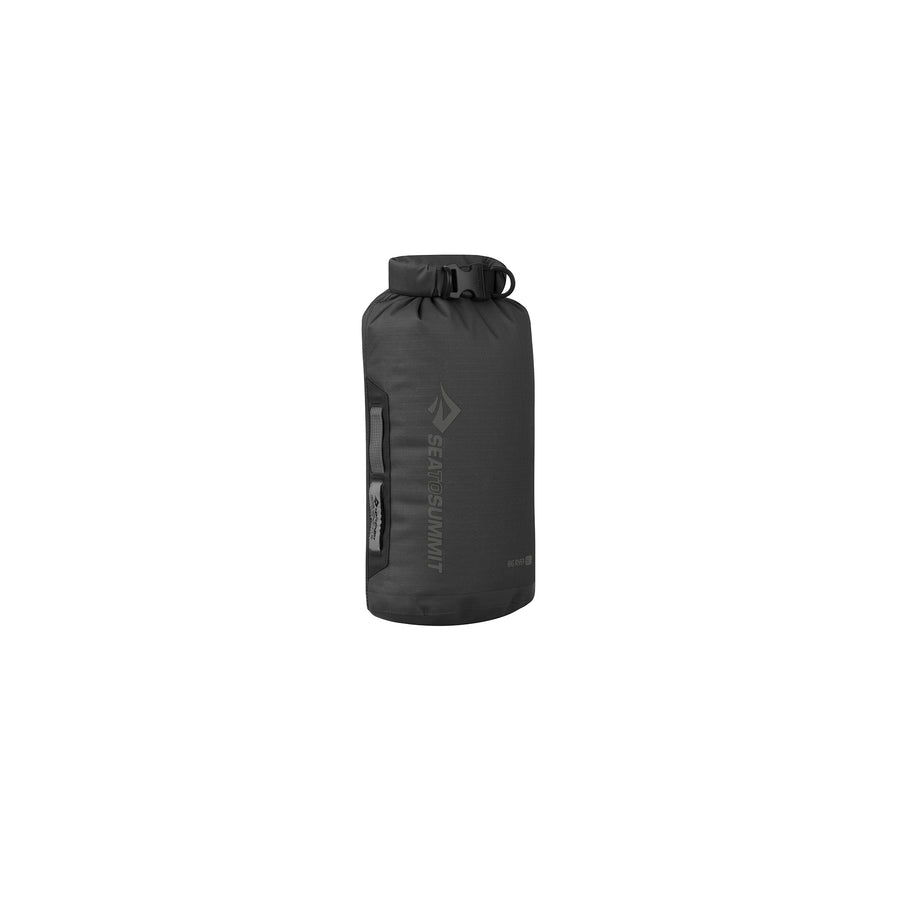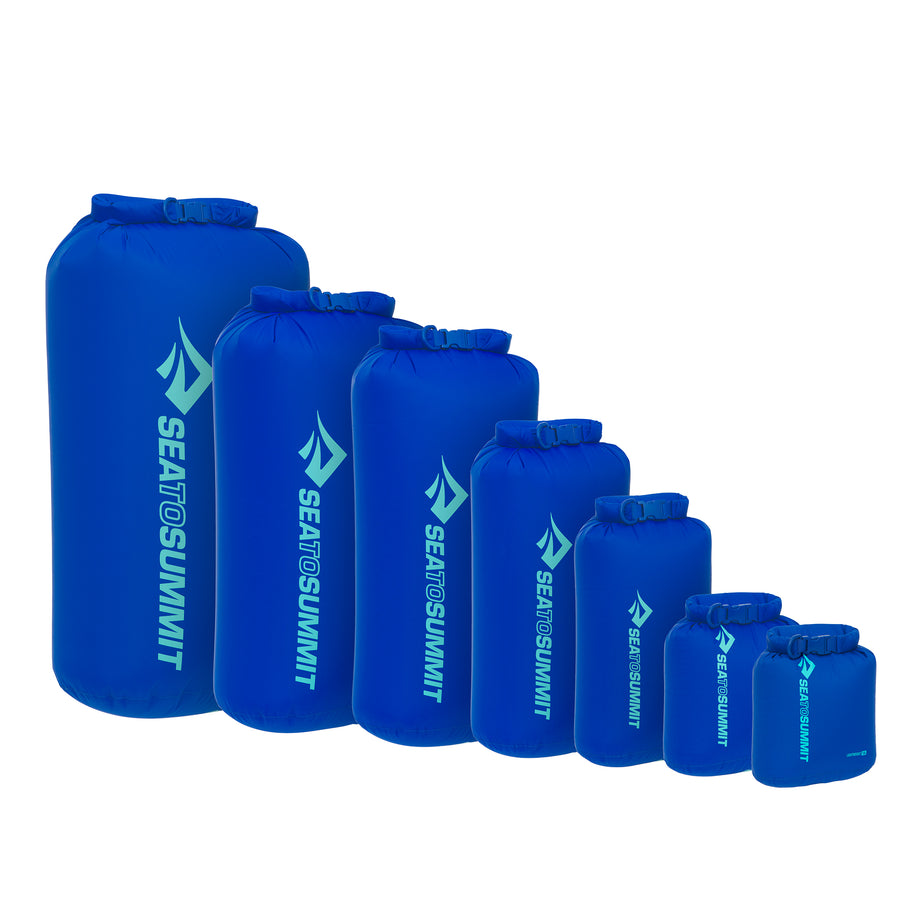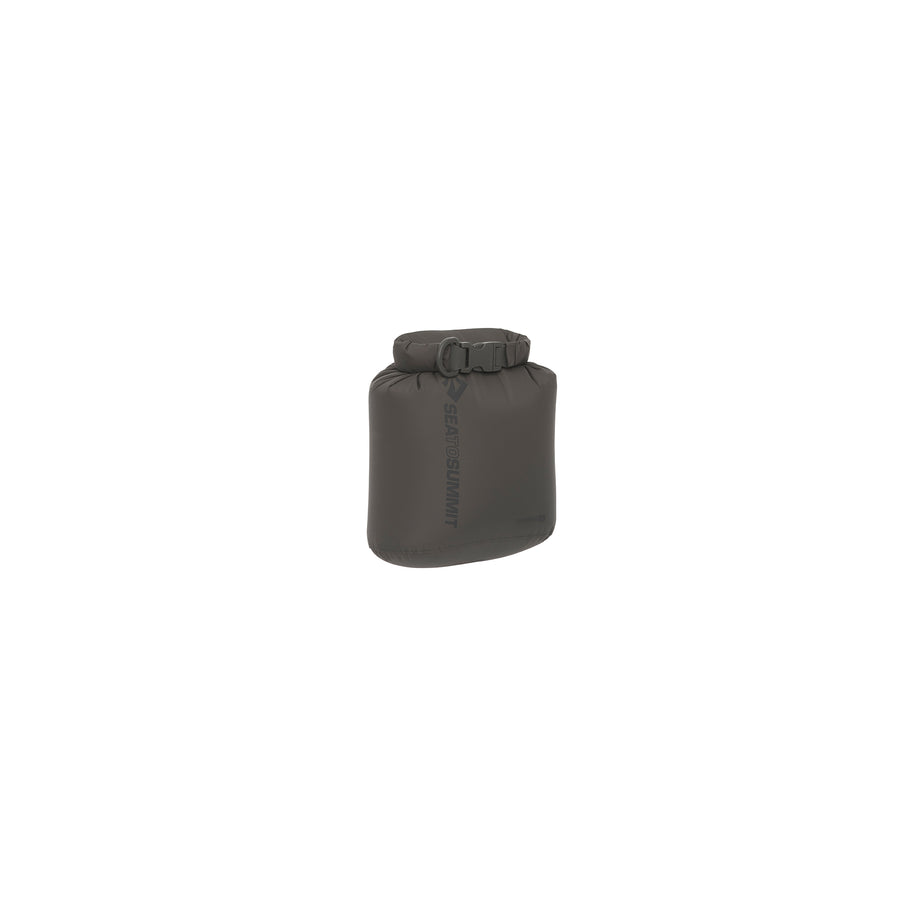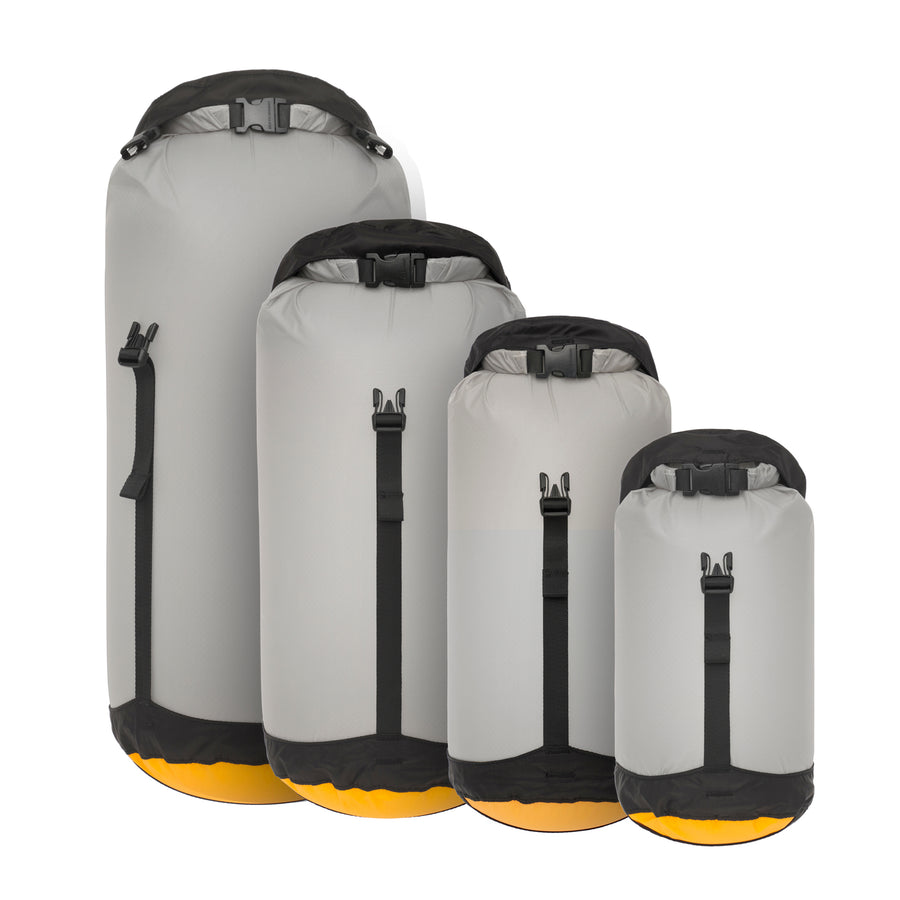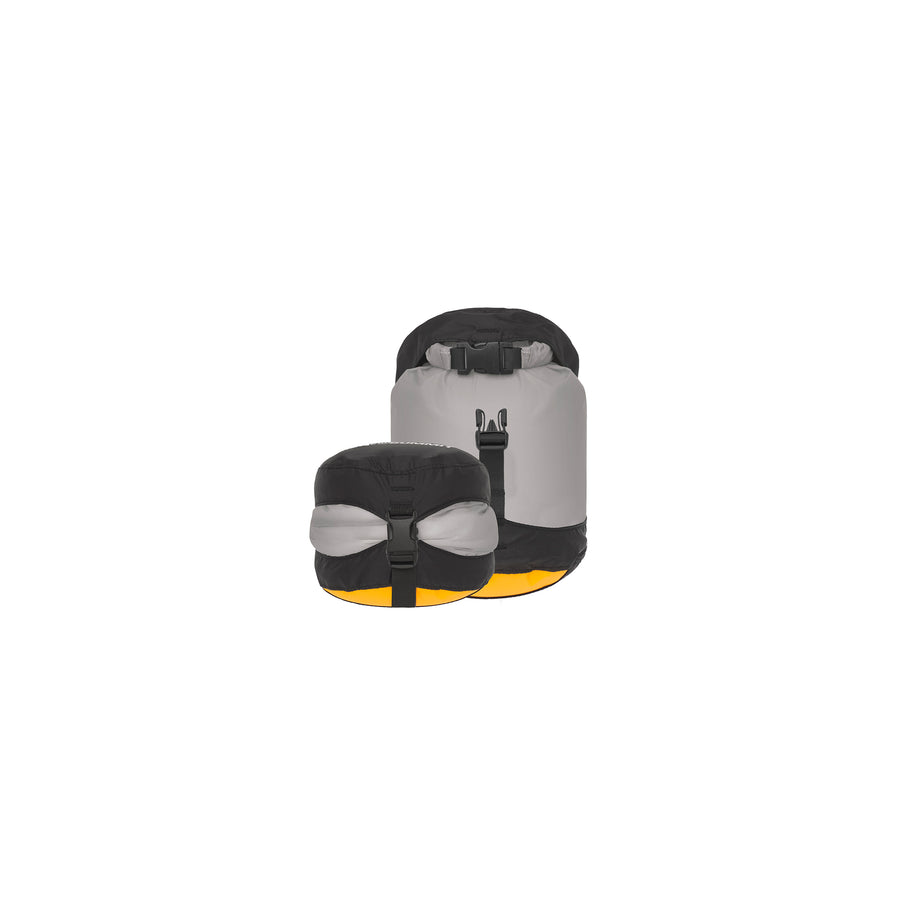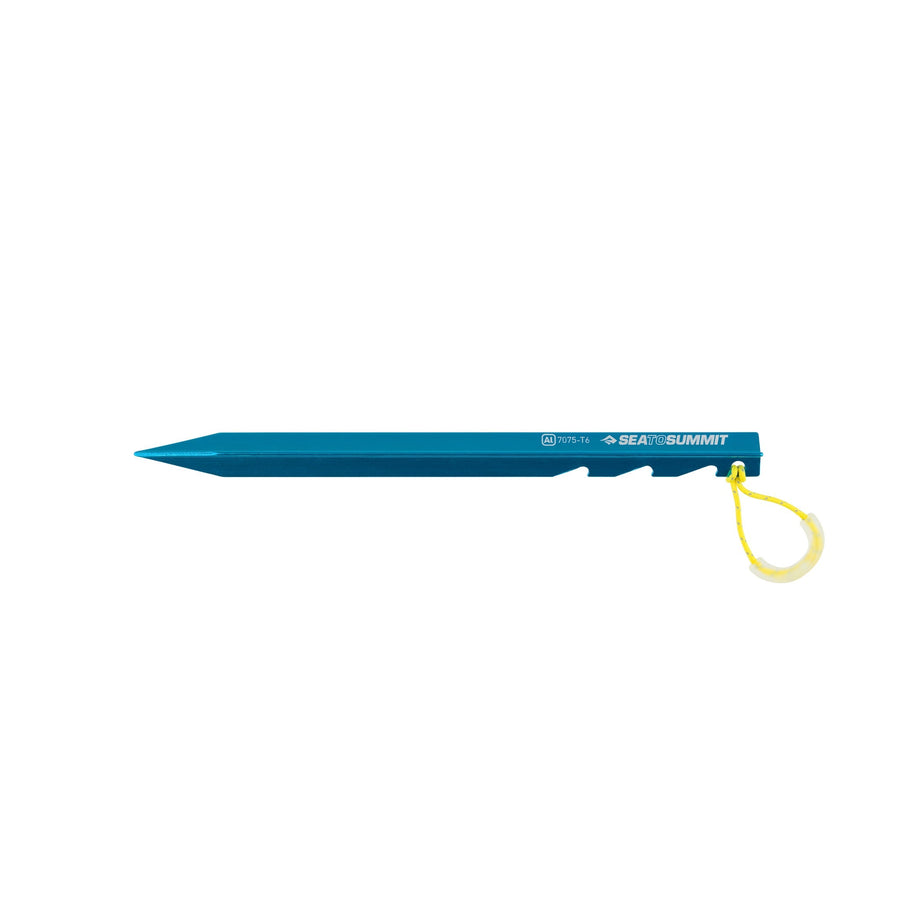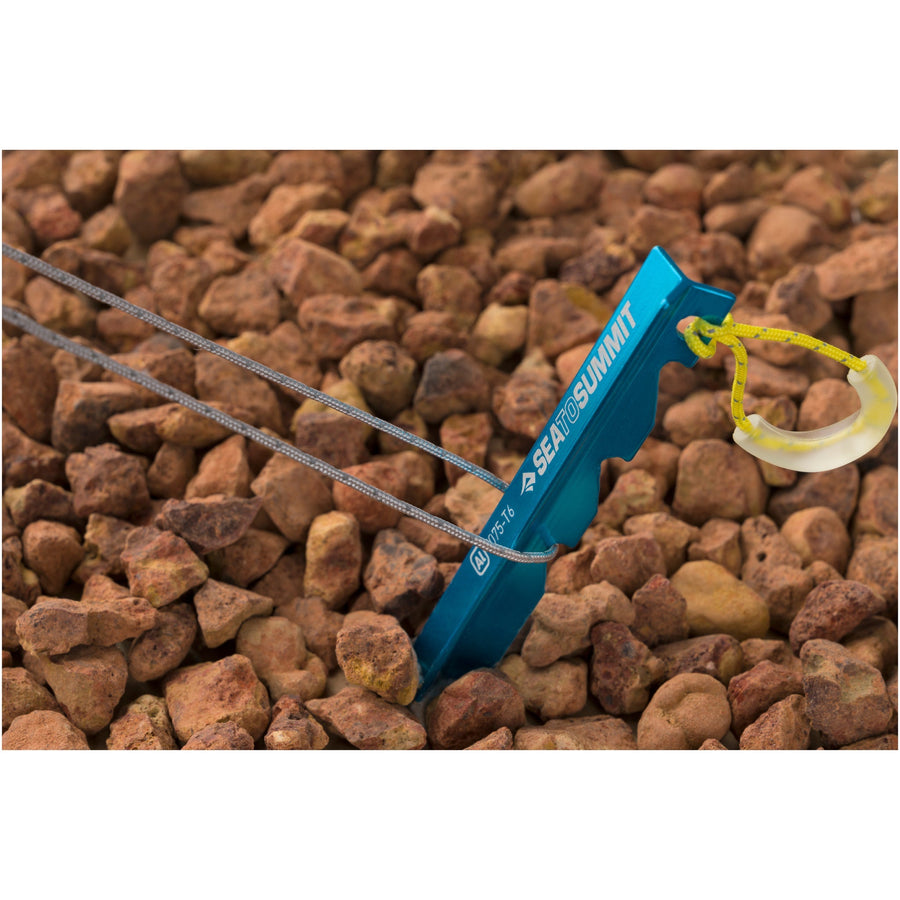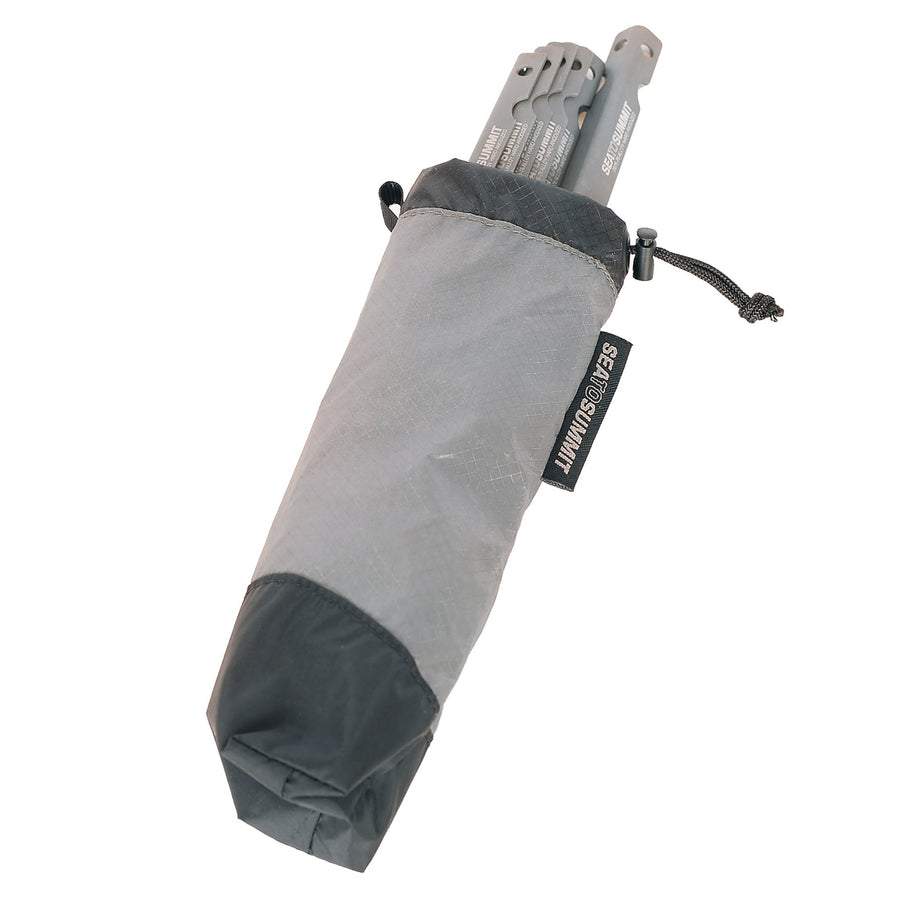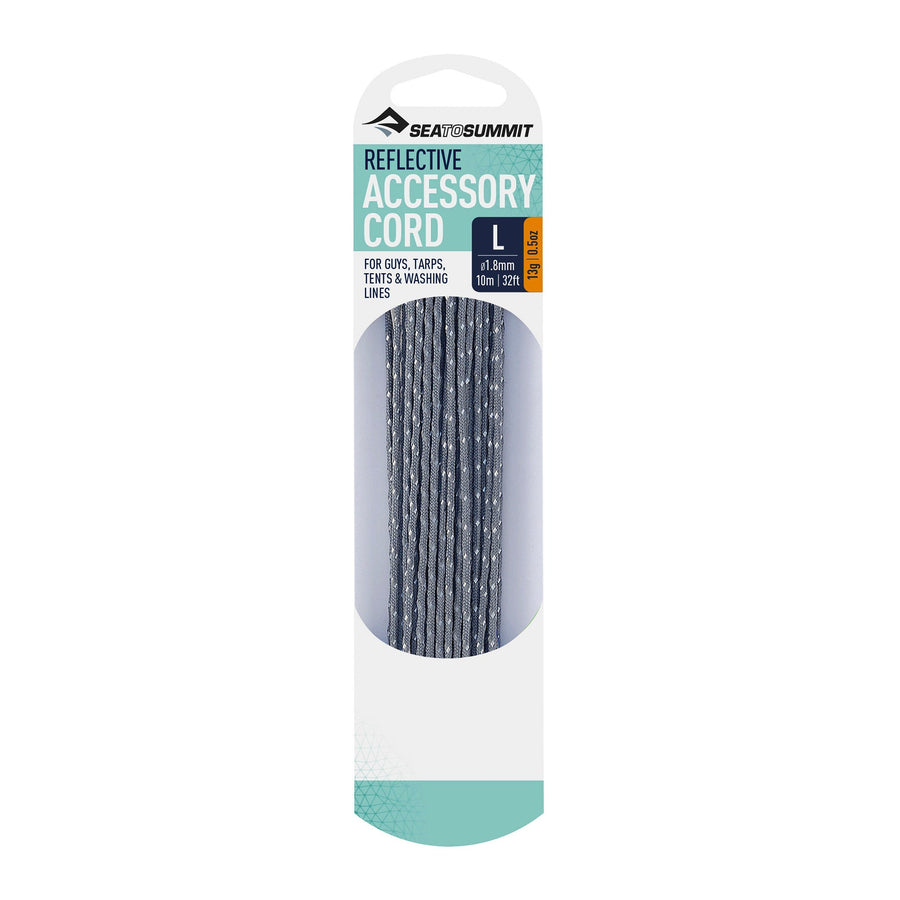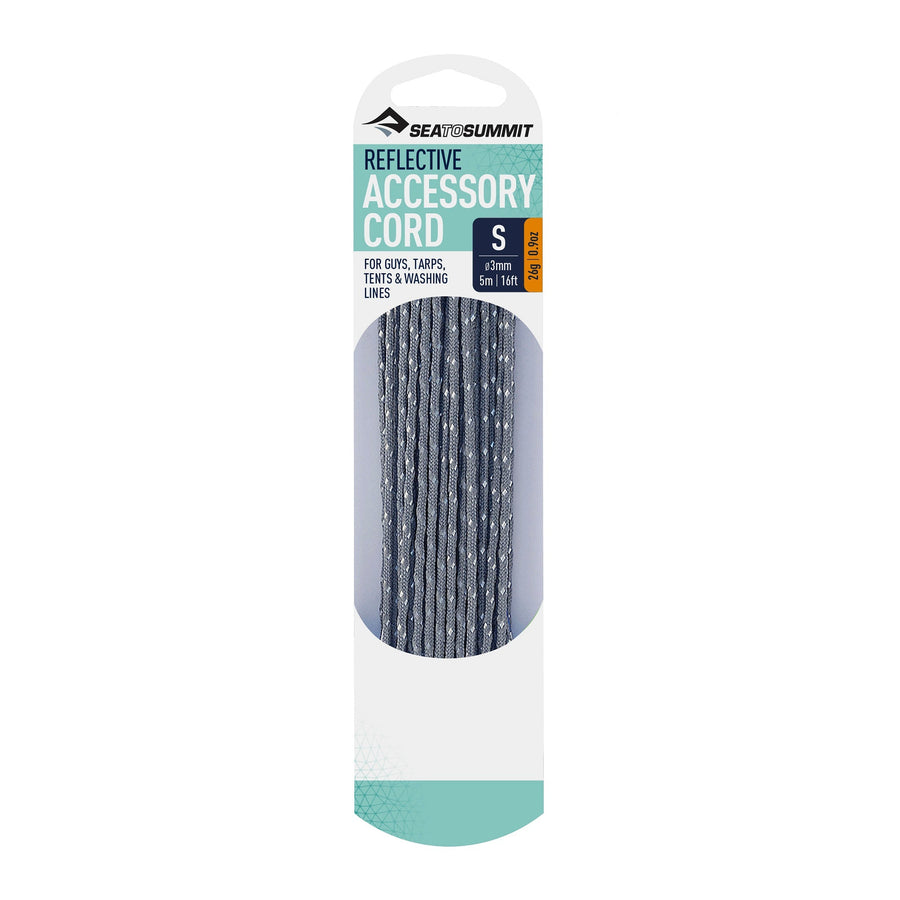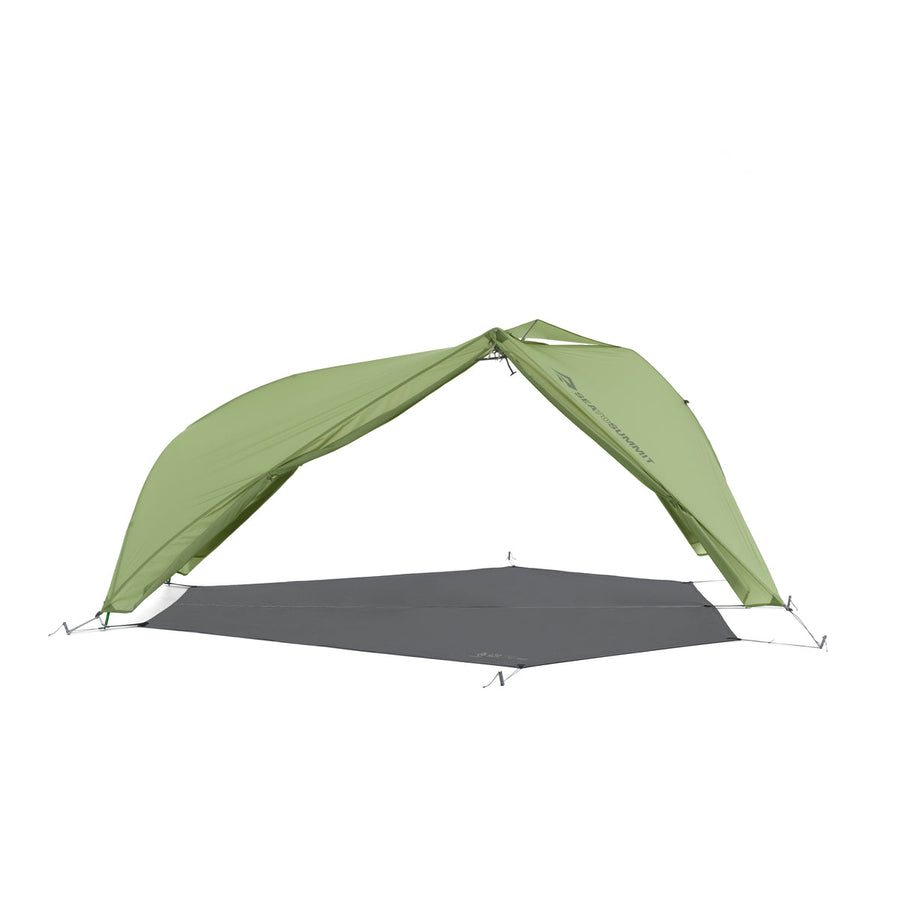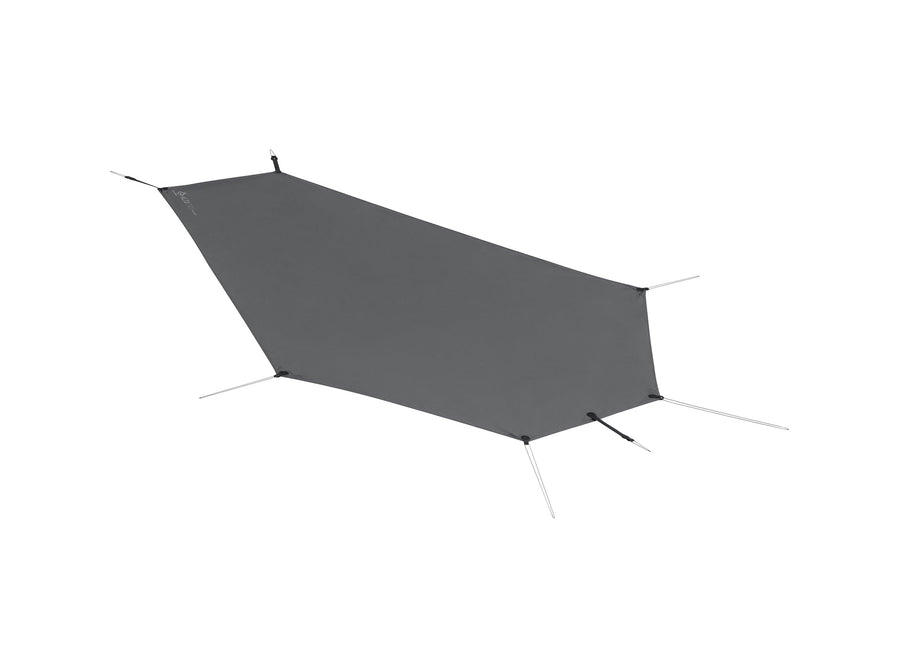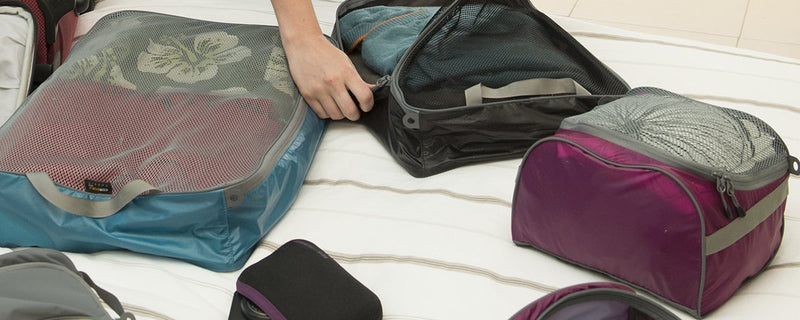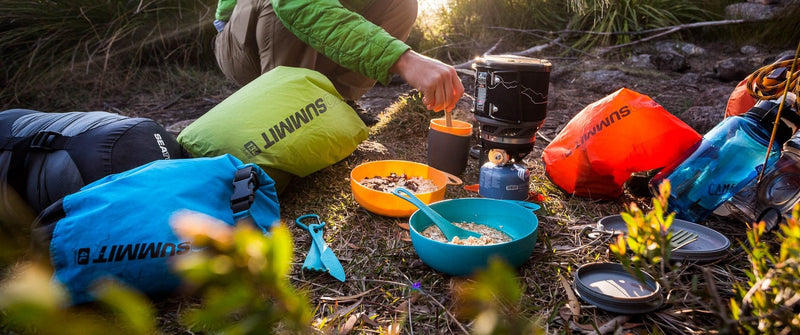Der Leitfaden für Anfänger zum Fangen Ihres ersten Fisches (ENG)

For most serious fishermen, it was their family and friends who showed them the basics of the sport. But not everyone was lucky enough to have been mentored to a lifetime of outdoor fun pursuing and catching fish.
The good news is, learning to fish isn’t difficult. And it offers never-ending challenges in the outdoors. Even old hands at the game can learn about new types of tackle, baits, and lures. What’s more, there’s an infinite variety of subtle nuances that can make fishing challenging enough for a lifetime.
Fishing can be done virtually anywhere there’s water, and for little cost. America is blessed with great fishing from coast to coast—in thousands of lakes, ponds, rivers, streams, and sprawling reservoirs. The following fish species are common to many of America’s freshwaters. Each has its own habits, habitats, preferred baits, lures, and methods for catching them. If you’ve never caught a fish before, this is a good place to start.
1. Sunfish

This generic name covers a host of freshwater panfish. Technically it includes black bass and crappies, but those species are so purposefully fished for and so different, they are covered in another section below. Sunfish are a warm-water species, abundant and readily caught near shore in ponds, lakes, streams, and rivers throughout America. They can be large—up to several pounds in the case of bluegills and red ear sunfish. But most weigh well under a pound, and fish about the size of an open-hand are common.
Bluegills are likely the most prolific sunfish, followed by red ear sunfish, rock bass, and warmouths. But spotted sunfish, pumpkinseeds, green, and longear sunfish also are widely distributed and caught by countless anglers. Often several sunfish species inhabit the same water, and some species hybridize.
Sunfish are an ideal target for beginners because of their great abundance. Their near-shore availability also makes them easy targets for people who don’t have access to a boat. They have voracious appetites that allow even novice anglers to catch plenty. In clean waters, sunfish of suitable size are tasty catches. They’re easy to clean and simple to cook and eat. (The fish earned the generic name “panfish” because they are the perfect size for frying in a pan.)

In almost any warm body of water, panfish can be found near weed beds, grassy banks, and overhanging vegetation. Shoreline areas of ponds and small lakes typically teem with summer sunfish. Bigger lakes and reservoirs also hold sunfish, especially near docks and in pockets with flooded brush and weeds. Some panfish species abound in creeks and rivers. Redbreasts and warmouths are especially abundant there, though other sunfish species can thrive in moving water, too.
The Best Natural Baits for Sunfish
Sunfish are democratic in their food preferences, and they’ve been caught on almost everything, including dragonflies, grasshoppers, grass shrimp, beetles, ladybugs, caterpillars, crickets, roaches, small minnows, and even pieces of lunch meat and bread. The most common bait is a simple earthworm, the garden variety, which many bait shops carry.
Small pieces of nightcrawler are best, since a sunfish has a small mouth. Use a long-shank light-wire No. 6 or 8 hook and barb an inch or two of earthworm multiple times onto it. Bait like this works best when fished a few feet below a lightweight bobber with a small split shot attached a foot or so above the hook for casting weight.
The Best Artificial Lures for Sunfish
Artificial panfish lures need to be small, since sunfish have very tiny mouths. Occasionally sunfish will hit large plugs and lures intended for other species, like bass and crappies. But as a rule, small lures are best.
A tiny 1/16- or 1/8-ounce single-blade spinner such as a Mepps or Panther Martin works for sunfish, as do small jigs down to 1/32-ounce size.
If you’re using a fly rod, thumbnail-size poppers, wet flies, or nymphs also work well, and they can be “sweetened” with a bit of earthworm. Fly tackle can be used very effectively, especially when summer sunfish are in shallow clear water spawning on large, visible beds. You can also use flies and poppers with small bobbers or floats with spinning tackle.

How to Fish for Sunfish
Slow retrieves with bait and lures usually account for most sunfish, since they are careful, deliberate feeders. Bank fishermen using polarized sunglasses frequently see small schools of sunfish holding near weeds, brush, stumps, and grassy shorelines. Carefully casting to fish that you can see usually results in strikes, and anglers should land hooked fish quickly to keep from spooking others.
Long shank bait hooks make for removing barbs from fish easy, and it’s always a good idea to bring a set of needle-nose pliers to help unhook a sunfish.
2. Catfish

Catfish get their name from the whiskers or barbels around their mouths. The whiskers are sensory organs that them to locate food in the deepest, darkest, muddiest water. Catfish are chiefly bottom feeders. While there are a number of American catfish (and similar-looking bullheads) the most important catfish species to American anglers are channel catfish, blue catfish, and flathead catfish.
Channel Catfish
The channel catfish is the most widely distributed, abundant, and sought-after fish in the group. Channel catfish are usually dark in color, with a gray to nearly black hue, often with liberal black spotting along their flanks. They sometimes are confused with blue catfish, but channels have deeply forked tails and a protruding upper lip.
Channel cats are commonly caught from ponds, lakes, and slow-flowing rivers. They are superb table fare, and are commercially raised in ponds for sale to restaurants and groceries. Thousands of farm ponds throughout America have also been stocked with fast-growing, fun to catch, and good eating channel cats. They can also grow to huge sizes, and offer stubborn fights for anglers using suitable tackle. Channel cats weighing more than 50 pounds have been recorded, but most weigh 2 to 5 pounds, though fish up to 15 pounds are regularly landed.
Blue Catfish
Blue catfish are the largest of the American catfish, with some recorded catches being over 100 pounds and measuring more than 5 feet in length. Blue cats indeed have a slight blue hue to their sides, and have a modest fork at the tail. They tend to live more in rivers than other species, and they thrive in deep rivers and sprawling reservoirs. They have also adapted to brackish waters, especially where they have been stocked in dozens of states.

Flathead Catfish
Flatheads have an elongated, flat-shaped head, with a protruding lower jaw. They have a square-shaped tail and olive-brown coloration. They’re native to the Great Lakes and Mississippi River drainage but are found through much of America—especially in the middle third of the country. Their distribution spans from the Dakotas south to Texas, southeast to Florida, and north to New York and Michigan.
Flatheads grow big. Fish over 100 pounds have been recorded, 50-pounders are caught regularly, and 20-pound flatheads are not unusual.
They are notorious loners, and adults favor live baitfish as forage. They frequent slow-moving rivers and deep reservoirs laced with channels. Flatheads have been stocked by many states, and like blue cats, they thrive in brackish waters relishing the abundance of marine foods such as crabs and small fish.
The Best Natural Baits for Catfish
Catfish are opportunistic bottom feeders, and can be caught on almost anything tossed their way. But native aquatic foods are usually best for catfish. Cut pieces of resident baitfish, earthworms, crayfish, clams, mussels, and similar indigenous baits are very effective. However, cats have been caught on everything from hot dogs to cut bars of soap. Commercially prepared catfish baits available from tackle shops are popular, and in brackish water, menhaden, crabs, eels, and shrimp are good.
Catfish are meat-eaters, and in the case of flatheads live baitfish are preferred forage. Native baits are best to specific waters, with shad and suckers being popular. Small live baitfish can be effective for blue and channel cats, too. Some anglers say small live sunfish species are especially good baits, but it’s important to check your local regulations to see if they’re legal to use.
These natural baits can be fished many ways. But, as a general rule, it’s wise to get offerings deep, using split shot, three-way swivel rigs, sliding-sinker-type Carolina, or fish-finder rigs. You can use bobbers or floats to indicate bites from cats, but suspended baits are usually not as productive as ones soaked at or near the bottom. Hooks should be stout, as all catfish are tough fighters. The bigger the catfish the heftier the hook you’re going to need. Common hook sizes are 2X to 3X wire, and size 4 to 4/0 bait hooks.

The Best Artificial Lures for Catfish
Catching catfish on lures is not easy, and when it does occur it’s usually incidental while fishing for other species such as bass, walleye, and trout. Jigs catch an occasional catfish, simply because such lures probe the bottom. Sometimes jigs tipped with baits such as shrimp, baitfish, or worms take cats, but mostly by accident.
In cool and cold weather, when food is somewhat scarce, catfish (usually channel cats) can be caught by anglers casting spoons around shell beds in large rivers and lakes. Some people believe catfish eat mussels, clams, and even oysters at times, and occasionally will hit a slowly fished spoon.
How to Fish for Catfish
Methodical, slow, deep bottom fishing accounts for most catfish. Often soaking a bait near a drop-off, channel, dam, bridge, jetty, or culvert structure produces fish. Some successful anglers drift dead and live baits in deep areas, or on flats and through current zones near river and reservoir channels.
Catfish are also notorious night feeders. They spend much of their time living deep, moving shallow in low light to feed in areas with structure like logs, flooded timber, brush, docks, and tapered banks near deep water. In some lakes and rivers, catfish are drawn to lights shining down from docks, bridges, and channel markers that attract minnows, shrimp, and other forage.
3. Largemouth and Smallmouth Bass

No fish is more American than the bass. While there are no less than nine different species of black bass, the largemouth black bass and the smallmouth black bass are the most abundant and widely distributed.
Largemouths and smallmouths are celebrated because of their speed, hard-fighting character, aggressiveness, and propensity to leap above the water when hooked. American anglers hold them in such high regard that for decades they have been enthusiastically stocked throughout much of the country.
Largemouth Bass
Largemouth bass have the widest distribution, found in every state but Alaska. Much of the multi-billion-dollar American fishing tackle industry is dedicated to the species. Reels, rods, fishing line, leaders, and lures of countless varieties are produced specifically to catch largemouth black bass. Many boats, motors, and electronics such as fathometers have been designed to put more bass in the hands of millions of dedicated anglers.
Largemouths commonly grow from 2 to 5 pounds, 6 to 8 pounders are not rare, and fish over 20 pounds have been caught.
The overall shape of the largemouth is short, stocky, and broad. Bass vary in body coloration, as they react to their water environment. Some fish are so dark they are coal black. Other largemouths can be so pale they are almost chalky white. Still others are emerald green. Bass have bellies ranging from ivory white to pale yellow.

Smallmouth Bass
Though smaller in size than the largemouth, the smallmouth bass is no less of a gamefish. True to its namesake, it has a smaller mouth than the largemouth, with the rear hinge of the mouth never extending beyond the eye. They are also less widely distributed, but just as prized by anglers. Also known as “bronzebacks” or “smallies,” smallmouths are aggressive, tough, strong, and quick. They strike hard and never seem to give up.
Smallmouths average 1 to 3 pounds, 4 to 6 pounders are considered big, and fish over 10 pounds have been recorded. They are considered more of a northern fish than the largemouth, as they thrive in deeper, colder water.
In many waters smallmouths and largemouths mingle, but confusion between the two species is rare. Along with their smaller mouths, smallmouths have continuous or unbroken dorsal fins, whereas a largemouth’s rearward dorsal fin is almost completely separated from the forward dorsal fin.
Coloration also helps identify smallmouths from largemouths—although not scientifically. Smallmouths are browner in color (hence the nickname “bronzebacks” or in some locales, “brown bass”), while largemouths tend to be more green or black.
The Best Natural Baits for Bass
Bass have been caught on dozens of different types of live baits, from marine eels, frogs, and crabs to virtually any baitfish species of suitable size for bass to devour. Perhaps the best all-around natural bait for bass is a live crawfish, especially the softshell variety. Crawfish are relished by both largemouths and smallmouths virtually everywhere they’re found. Live native shiners also are very effective, particularly when fishing for largemouths. Smallmouths are regularly caught with leeches, and in rivers they have an affinity for hellgrammites (dobsonfly larvae).

The Best Artificial Lures for Bass
As a general rule, slightly smaller lures are better for smallmouths than largemouths simply because of the size of their mouths. However, anglers catch both species on a huge variety of lures, including many different kinds of plugs, spinners, spoons, soft plastic lures, and on a fly rod with bugs, streamers, and nymphs.
Smallmouths have a distinct preference for flashy lures, such as spinner-baits, in-line spinners, and wobbling spoons. Such lures also take largemouths, but smallmouths fall for them more regularly. Both species strike plugs, and surface lures such as the Heddon Zara Spook are a favorite because they produce showy strikes from bass on the surface of the water.
Perhaps soft plastic lures, especially worms and lizards, are the most productive artificial baits for bass. Rigged weedless with a bullet slip sinker (Texas style), such lures can be fished almost anywhere, deep or shallow, in thick cover or on barren bottoms. Bass also have been known to eat birds such as baby ducks and cattail-hopping redwing blackbirds, and artificial imitations of small birds and other animals are available.
How to Fish for Bass
Bass are ambush predators that often live in deep water. They can be caught deep, but many fish in holes, ledges, and river channels are not actively feeding, and they can be difficult to dupe. However, bass move to shallower areas to feed—especially around structure, like weed beds, brush piles, rock walls, flooded timber, and cover-strewn ledges. Such places harbor bass forage, like minnows and crawfish, and those are the best places to fish. Shallow areas in close proximity to deeper water are prime areas for bass fishing.
4. Trout

Trout are one of America’s great gamefish, and while there are many trout species, the primary ones of interest to most anglers are rainbow, brown, and brook trout. All three species are similarly torpedo-shaped, though their coloration, markings, habits, and habitats vary considerably.
Trout are highly regarded by many anglers because of their speed, grace, and remarkable fighting ability. The environments in which they live are usually pristine, tree-lined clear rivers and picturesque streams, where wading is often the most productive way to catch them. Some of the best trout waters are well off the beaten track—particularly in the West, Upper Midwest, and East.
The favorite foods of trout are readily imitated by fly anglers casting an assortment of flies. Trout will also take small spinning lures and baits.
Rainbow Trout
The rainbow trout are the most widely distributed trout, and they have been stocked by anglers and fisheries departments throughout much of America. Chiefly a cold-water species that frequents swift, clear rivers, rainbows often leap high above the water when hooked.
Rainbows have extreme color variations, from almost a steely chrome (mostly from deep, clear lakes), to deep stripes of red, yellow, green, and blue on the flanks and deeply speckled sides. Rainbows grow quickly, and are commonly caught in the 1 to 3-pound range, though they’ve been recorded at over 50 pounds.
Brook Trout
Brook trout require the most pristine, cold waters to thrive. Further, they are arguably the most beautiful of trout. Mature fish sport red spots ringed in blue on their flanks, ivory-tipped lower fins, colorful orange-yellow shading along the belly, and uniquely beautiful swirling worm-like olive markings along the back.

Native to the eastern United States, brook trout now thrive in clear waters in much of America, including Canada and the Rocky Mountains. Foreign stocking has brought excellent brook trout fishing to New Zealand, Argentina, Chile, and much of Europe. Most brookies are small, well under 1 pound. But in large rivers and lakes, they can grow up to nearly 15 pounds.
Brown Trout
Browns are the brawlers of the trout clan. They are aggressive, cunning, notorious night stalkers, and notable baitfish predators. Brown trout are native to Europe and Asia and were introduced to America in the 1880s. They adapt better to slower, deeper rivers than rainbow and brook trout, and they also spawn in autumn. They are widely distributed since they can tolerate warmer water than other trout.
Brown trout have a distinctive olive-brown coloring, with large red and black spots along their flanks. They commonly weigh 1 to 3 pounds, but in larger rivers and lakes, fish weighing up to 40 pounds have been landed.
The Best Natural Baits for Trout
All kinds of trout take insects, crustaceans, and small fish. Large nymphs such as hellgrammites and stoneflies work well in some trout waters. Crawfish and earthworms are popular, too. Small native minnows can be used, with the sculpin minnow being a favorite on Western trout waters. In waters that are heavily stocked with trout, anglers use whole kernel corn and salmon eggs with great success.
The Best Artificial Lures for Trout
A wide assortment of lures are effective for trout. Flashy in-line spinners and spoons are preferred on many rivers and streams. Spinner designs such as the Rooster Tail, Mepps, and Panther Martin work well. Spoons are good, too, like the Kastmaster, Little Cleo, Krocodile, Johnson Sprite, and Dardevle.
Small plugs can work well for trout, especially when targeting larger trout on big water. Minnow-imitating lures excel like the original floating-diving Rapala and Rebel designs.
Fly fishermen catch trout on a huge assortment of dry flies, nymphs, and streamers. Dry flies and nymphs are used to match native insects’ size, color, and general silhouette. Streamer flies take plenty of trout, too, as they imitate native baitfish species. There are also generic flies that imitate a host of forage, such as the famed Muddler Minnow which works in almost all trout water. Popular patterns are usually regionally specific, and the color, size, and materials the flies are important.

How to Fish for Trout
In streams and rivers, it’s best to catch trout in places that deliver food to the fish. Experienced anglers learn to read water, noting current flows around rocks, at the heads and tails of pools, near undercut banks in the river, or stream bends. Almost anything that breaks current flow creates tiny funnels that channel insects and other food, and that’s where trout station. Cast across-and-down current and bring lures and flies through such areas. Often early morning and late afternoon fishing are most productive. And during warm afternoons, insect hatches excite trout and offer great fishing for a short window of time.
5. Walleye

The walleye is an extremely popular sportfish, native to the northern tier of America and into Canada. Walleyes have been stocked in many waters throughout the country—as far south as Alabama and Georgia (they were once even stocked in Florida), west to California, and throughout the Midwest and Mid-South.
The Columbia River system touching the states of Oregon and Washington has superb walleye fishing, as does Montana, the Dakotas, Wisconsin, Minnesota, Michigan, Pennsylvania, and other northern states. Lake Erie has a storied walleye fishery, offering Ohio, New York, Pennsylvania, and Canadian anglers lots of opportunity for great fishing. They’re most at home in large lakes, reservoirs, and deep, broad rivers. Portions of the upper Mississippi River offer quality walleye fishing.
Most walleyes caught by anglers run 2 to 3 pounds, but 5 pounders are taken regularly, and the world record of 25 pounds came from Old Hickory Lake, Tennessee. Walleyes fight well and are highly prized as a fish to eat. They are olive-green in coloration, with a white belly and a distractive silver-tipped lower tail fin that’s easily seen in clear water.
Walleyes are skilled predators and they have a series of sharp, pointed teeth for holding forage. They have unusually good eyesight, with cloudy, opaque eyes that allow them to see in dark water and in low light. They are well-known night predators, and many anglers fish for them after the sun sets, at dawn, dusk, and in overcast weather.

The Best Natural Baits for Walleye
Walleyes are meat-eaters, and they consume a variety of small fish and invertebrates. Small baitfish such as shiners are popular, but other baits like nightcrawler worms, leeches, and crawfish work, too. The best baits are often localized to a specific body of water during a particular season. Local knowledge of what bait is best for the water at what time is invaluable for consistent walleye success.
The Best Artificial Lures for Walleye
Jigs are one of the most popular luresfor walleyes since the fish are notorious bottom feeders. Getting a jig in front of a walleye is important for success, and at times schools of fish can be suspended off ledges and bottom structures 25 to 35 feet down. For that reason, heavy jigs perhaps up to a ½-ounce may be required, and “tipping” jigs with minnows, nightcrawlers, or leeches can be effective.
Trolling is a popular and productive way to catch walleyes. Diving plugs and spoons work, especially when fish are comparatively shallow, under 15 feet. At times, slow trolling plugs or spoons off specialized “bottom bouncer” terminal rigs can be very deadly.

How to Fish for Walleye
The best times to catch walleyes are at dawn, dusk, and at night. Overcast weather can offer great fishing, as walleyes will move shallow to feed throughout the day. Windy weather can be excellent too, which “chops” the water, reducing light penetration and prompting walleyes to move shallow where they are most vulnerable to anglers.
Structure areas such as channel and ledge drop-offs, points of land dropping off into deep water, and man-made structures like riprap, bridges, and dams are all choice spots for catching walleyes.
Slow trolling with live bait using sliding sinker Lindy-style rigs works well. Nightcrawlers on harness rigs are superb when slow trolled, and anglers who troll with jigs tipped with minnows, crawlers, and leeches will consistently boat walleyes.
6. Crappie

There are two species of crappies, white crappies and black crappies. Both are oversized members of the sunfish family. They can be found in the same waters, and both are similar in color, being mainly silver-white, with abundant black spots. However, spotting patterns differ between the two. White crappie spots are less dark and distinctive than black crappie spots. White crappie spots are also loosely arranged in a series of vertical bars along a fish’s flanks, while black crappie spots are irregular and scattered along the fish’s side.
White and black crappies are nearly identical in shape, habits, and size. They have a small head, a deep body, and are thin across the back.
Most crappies weigh 1/2 to 3/4 pound. A 1-pounder is a nice one, and anything weighing over 2 pounds is considered a prize, or so-called “slab.” Crappies grow to 4 pounds, and sometimes to 5 pounds. They are very structure-oriented fish, and they spend much time suspended in brush, weeds, flooded timber, and around docks, boathouses, and pilings. Spring fishing for them during their spawn in shallow lake-side weeds and timber is a tradition throughout much of America.
While black crappies and white crappies can be found in the same waters, each has slightly different water preferences. Both species are indigenous to the Eastern United States, but they have also been stocked throughout America.
Black Crappie
The black crappie is widely distributed from Quebec, Ontario, and Manitoba south through Florida and west to California and British Columbia. Only in parts of the West and Southwest are black crappies comparatively scarce, notably Utah, Nevada, West Texas, Montana, Wyoming, Colorado, and Idaho. Black crappies are found in large ponds, as well as clear, deep, weedy, and cold reservoirs.
White Crappie
White crappies are notorious for “suspending” in the water column, rather than being a bottom-dweller like some other species. White crappies can also tolerate warm, turbid waters, silted streams, and slow-flowing rivers. They’re widely distributed and rare only in a few areas, such as Florida and a few Midwest and Northern States. White crappies also are believed to be more prolific than black crappies, and they’re sometimes found in schools containing hundreds of fish.
The Best Natural Baits for Crappies
Crappies are highly carnivorous, feeding on insects, crustaceans, and small fish. Mature crappies are aggressive fish eaters, preferring small minnows over most other available forage. This trait is well exploited by anglers, who chiefly employ live fathead minnows, hooking them through the lips for trolling. If you want to “still” fish for crappies, it’s best to hook minnows just under the dorsal fin or at the tail. It makes them more active and appealing to crappies.

The Best Artificial Lures for Crappies
Jigs unquestionably produce more crappies for more anglers than any other lure. Crappies are well known for being fickle about lure color. Experienced anglers carry small 1/32- to 1/8-ounce jigs in many colors, and color combinations. Soft plastic body jigs are popular, but ones with marabou bodies, mylar, and other synthetic materials work well, too.
How to Fish for Crappies
Crappies are legendary for feeding during low-light at night, dawn, dusk, and in overcast weather. Because they are so discriminating towards lure color choices, skilled fishermen will often change colors regularly while fishing. Crappies also are very deliberate feeders, preferring slow, tantalizing lure presentations rather than fast, erratic ones. This is one reason small jigs (often fished in conjunction with minnows) suspended below a float are common crappie tackle choices.
Crappies are often found in large schools and frequently suspend at very specific levels in the water column. This is another reason why slowly fishing jigs beneath a float are so effective—as well as trolling with an electric motor. Anglers often “mark” schools of crappies suspended below pods of shad minnows before trolling jigs just above them.

If you’re working multiple lines and lures it’s wise to employ a wide variety of color combinations until one jig hue proves to be effective.
Light line and supple rods are best for crappie fishing. Such gear allows the spunky fighting qualities of crappies to shine, plus they’re needed to cast small, light jigs, and delicate floats. Light-action rods also result in more crappies caught because it helps prevent “horsing” fish, which easily can pull hooks through their light paper-thin mouths.
Crappies are extremely attracted to brush piles, making them very vulnerable to fishing there. Huge catches can be made on good sites. For example, a well-documented man-made brush pile (10 feet wide by 100 feet long) on Lake Chautauqua, Illinois yielded over 20,000 crappies in one fishing season. If you’re planning your first crappie fishing trip, it’s always good to get some local knowledge about what kind of structure there is under the water.
Written by Bob Mcnally for Field & Stream and legally licensed through the Matcha publisher network. Please direct all licensing questions to legal@getmatcha.com.
